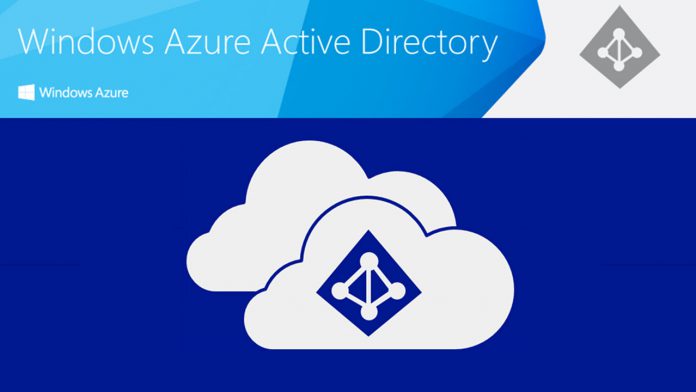As for the upcoming additions. Microsoft says it will make changes to how Access Control Service namespaces are created. The new creation process will be restricted from June 30, 2017. From then, customers who want to create a namespace must do so through Azure customer support. The second new feature coming to ACS is full support for Azure Active Directory and Azure AD B2C. In the announcement, the company says that Azure AD is the future of ACS, and that it will be updated to support most scenarios within the cloud authentication service. Unlike namespace changes, Microsoft has not said when the Active Directory support will begin.
ACS
Azure Access Control Service is a cloud-based solution for user authentication. It provides Azure customers with authorization and authentication tools for web apps and services. Microsoft says the service gives users peace of mind without having to implement anything into their app code. ACS takes control over authentication within an app, allowing developers to avoid creating authorization for user-specific accounts. It also integrates with known identity providers and enterprise directories. For example, ACS supports Active Directory, and manages web services like Yahoo!, Google, Facebook, and of course, Microsoft accounts. ACS comes with the following integrations:
integration with Windows Identity Foundation (WIF) Support for popular web identity providers including Windows Live ID, Google, Yahoo, and Facebook Support for Active Directory Federation Services (AD FS) 2.0 OAuth 2.0 (draft 10), WS-Trust, and WS-Federation protocols Support for the SAML 1.1, SAML 2.0, Simple Web Token (SWT) and JSON Web Token (JWT) token formats (JWT still in beta) Integrated and customizable Home Realm Discovery that allows users to choose their identity provider An Open Data Protocol (OData)-based management service that provides programmatic access to the ACS configuration A browser-based management portal that allows administrative access to the ACS configuration




